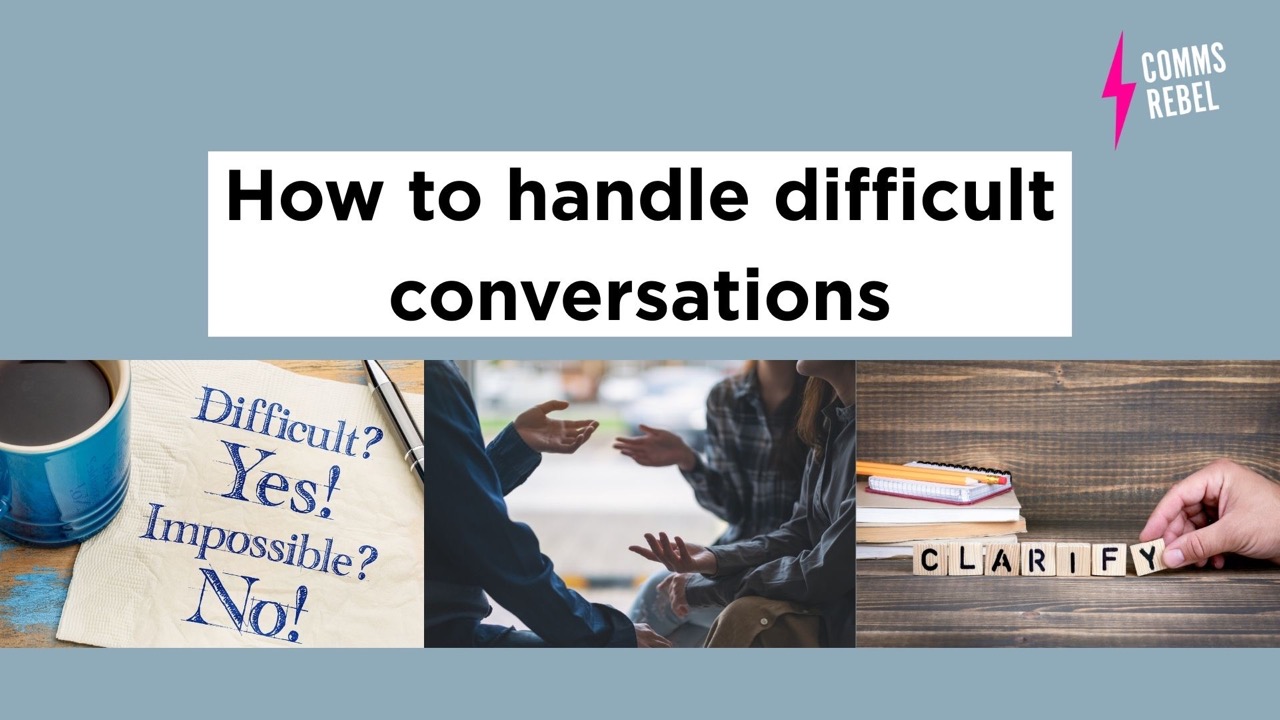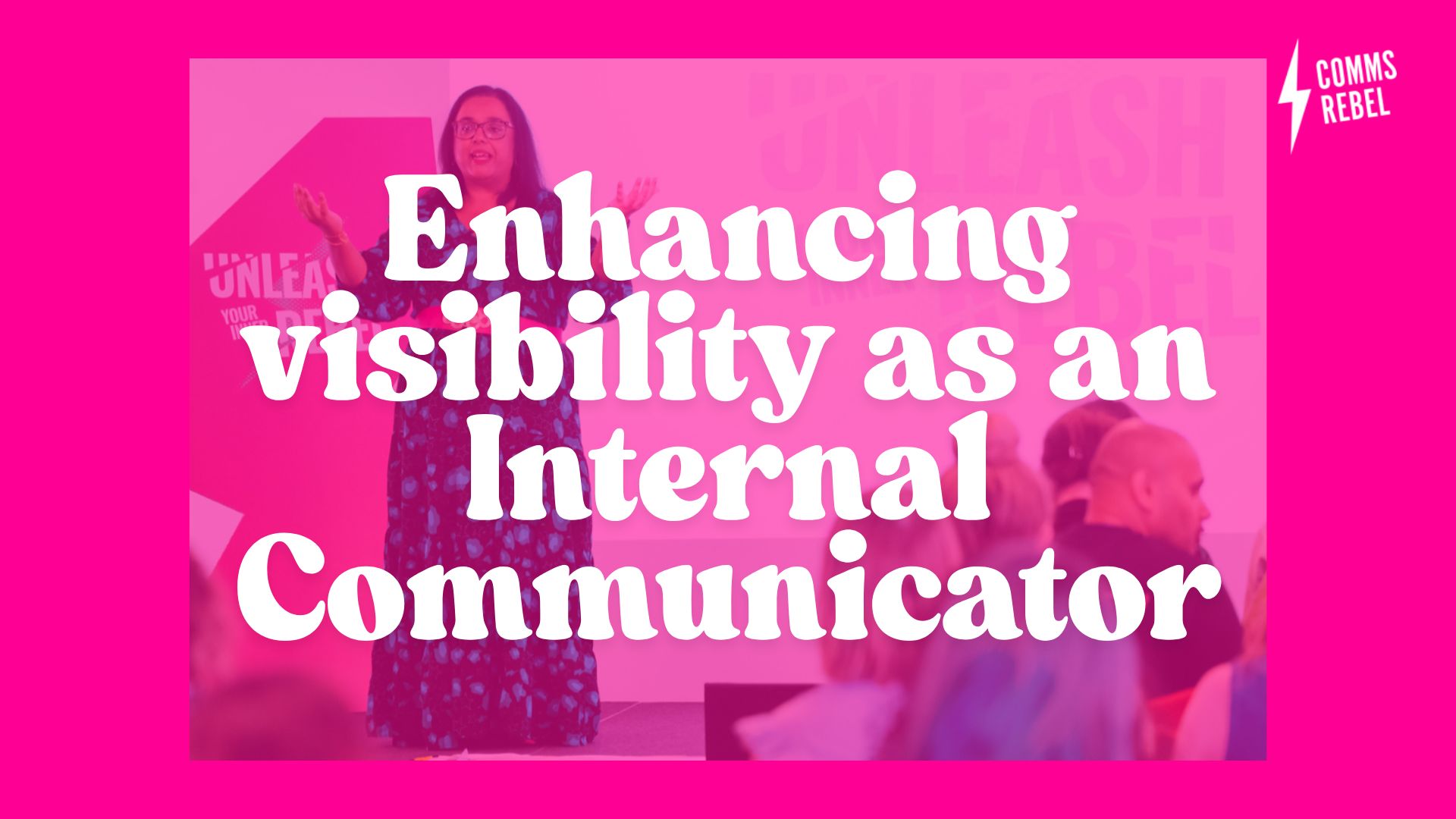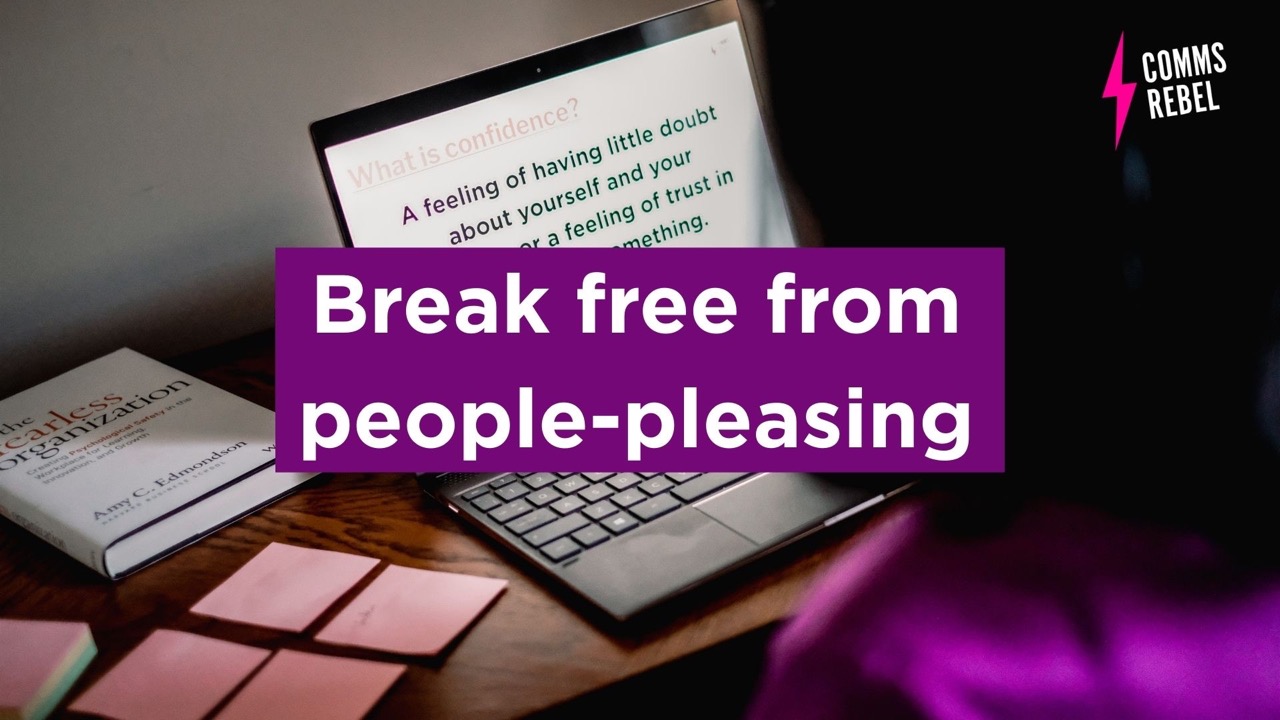If you’ve spent any amount of time working in communications, PR, or HR, then you already know that difficult conversations aren’t a rare occurrence – they’re part of the job. Whether you’re advising a CEO mid-crisis, navigating a sensitive HR issue, or pushing back on a poorly thought-out campaign plan, these moments call for a deep reservoir of calm, clarity, and courage.
The stakes are even higher during a crisis. When stress is peaking and panic is setting in, it often falls to us – the communicators – to be the rational voice in the room. We must help leaders make decisions that are not only smart and timely, but also ethical, inclusive, and well-messaged to stakeholders. That means stepping into uncomfortable conversations when tensions are high and emotions are raw.
It’s not about confrontation. It’s about constructive, confident communication – even when the heat is on.
Here’s how to do it well.
1. Be Clear: Say the hard thing, simply
One of the most important skills in your toolkit? Clarity.
When you’re speaking to leaders, especially in the middle of a crisis, don’t dance around the point. Rambling won’t just waste time – it risks clouding your message and lowering your credibility.
Be direct. Be bold. Tell them:
- What the problem is
- Why it matters
- What you suggest instead
A good mantra to remember is: Be bold. Be brief. Be gone.
That doesn’t mean being rude. It means respecting everyone’s time and decision-making bandwidth. Communicators often worry about how to challenge senior stakeholders without overstepping, but trust me, clarity is a kindness. It gives others the chance to act quickly and decisively.
2. Be Prepared: Bring data, not just instinct
Gut instinct might tell you something’s off, but it won’t always win an argument – especially if you’re advising someone who doesn’t know you well yet or doesn’t fully trust your judgement (yet!).
So do your homework. Bring the data. Anticipate. Prepare talking points. And just as importantly, don’t over-explain. Present your rationale clearly, offer supporting materials, and give them space to absorb what you’ve said. You’re planting a seed, not launching a TED Talk.
And if you’re advising against a course of action, make sure you can suggest viable alternatives. It’s easy to say “no”, but what makes you valuable is being able to say, “here’s a better way.”
3. Be Calm: Emotions are contagious so choose yours wisely
Difficult conversations often feel like walking into a storm. But you’re not there to add thunder -you’re there to anchor.
That doesn’t mean suppressing emotion entirely. You’re human. But don’t let emotion lead the conversation. If you feel yourself getting flustered, angry, or overwhelmed – pause. Step out. Breathe. Regroup.
If the other person is getting emotional? Stay grounded. Keep your tone even. Resist the urge to match their energy. If things escalate, it’s okay to say, “Let’s pause here and pick this up when we’ve both had a moment to think.” Shouting, sarcasm, or passive aggression have no place in a professional conversation, no matter how tense it becomes.
And if the discussion veers into something unethical? That’s your line. As advisors and communicators, our job isn’t just to manage reputation, it’s to uphold integrity. If you haven’t already, check out the Ethics Guide for Internal Communicators; it’s an invaluable resource for navigating these moments.
4. Mindset Shift: Difficult conversations don’t have to be confrontational
Many people avoid difficult conversations because they associate them with confrontation. But if you reframe the whole experience, they don’t have to be antagonistic.
As Buster Benson writes in Why Are We Yelling? most arguments aren’t about who’s right; they’re about what’s being misunderstood. These moments can be productive if we enter them with the right mindset.
Here are three ideas inspired by Benson’s work that can help shift how you approach these interactions:
a) Get curious, not defensive
Instead of assuming bad intent or reacting to tone, try this:
“Can you talk through your thinking so I can understand where you’re coming from?”
It opens a dialogue. It de-escalates emotion. And it gives you a chance to truly understand the other person’s position before responding. Empathy doesn’t mean you agree, it means you’re willing to listen.
b) Watch your language
Language is a spark – it can ignite connection or conflict.
Avoid phrases that shut people down:
“Don’t come crying to me when it fails.”
“That’s just a ridiculous idea.”
Try instead:
“Let’s explore what the risks might be.”
“Help me understand how that would work.”
It’s okay to be firm. Just be thoughtful about how you phrase your disagreement.
c) Ditch the ‘Invisible Army’
We’ve all heard it:
“Everyone thinks this is a bad idea.”
“People are saying the campaign won’t land.”
This kind of vague, anonymous feedback rarely helps. Instead, cite specific examples, use actual data, and if you’re quoting someone, be transparent. Or better yet, let them speak for themselves.
And remember, ask good questions. Buster Benson says, “Great questions create room for great answers.” If the conversation is going nowhere, try asking:
“What outcome are you hoping for here?”
“What would success look like to you?”
“Where do we agree?”
Final Thought: You’re not alone in the room
Even when you’re delivering tough feedback, you’re not the enemy. You’re a trusted voice. A thought partner. A strategic advisor.
But if you’re struggling to speak up and if your instinct is to avoid these conversations rather than walk into them, know this: it’s a skill you can build. I’ve worked with teams who’ve gone from avoiding hard conversations to embracing them with confidence and clarity. The shift isn’t magic. It’s mindset. And it starts with believing that hard conversations can lead to better outcomes, stronger relationships, and smarter decisions.
So next time you feel the heat rising, take a breath. Gather your facts. Get clear on your message. Then walk in and say the thing that needs saying.
The room might go quiet for a moment – but that’s okay. That’s what leadership sounds like.
Need support navigating a tough conversation? Let’s talk. Whether it’s 1:1 coaching or team training, I’d love to help you build more confidence in managing the moments that matter most. Drop me a note.
P.S. If you enjoyed this post, check out these 5 leadership lessons from Adam Grant.


